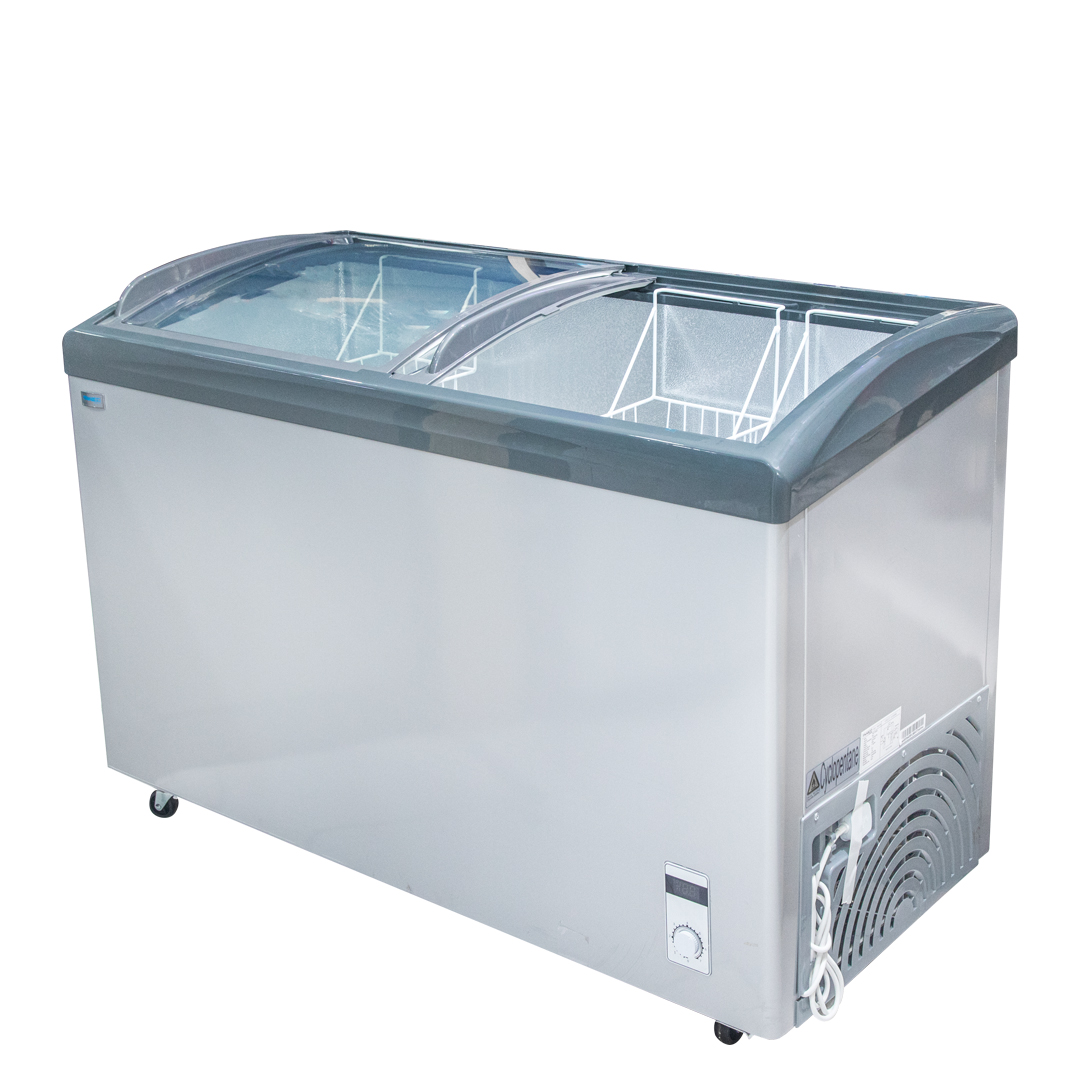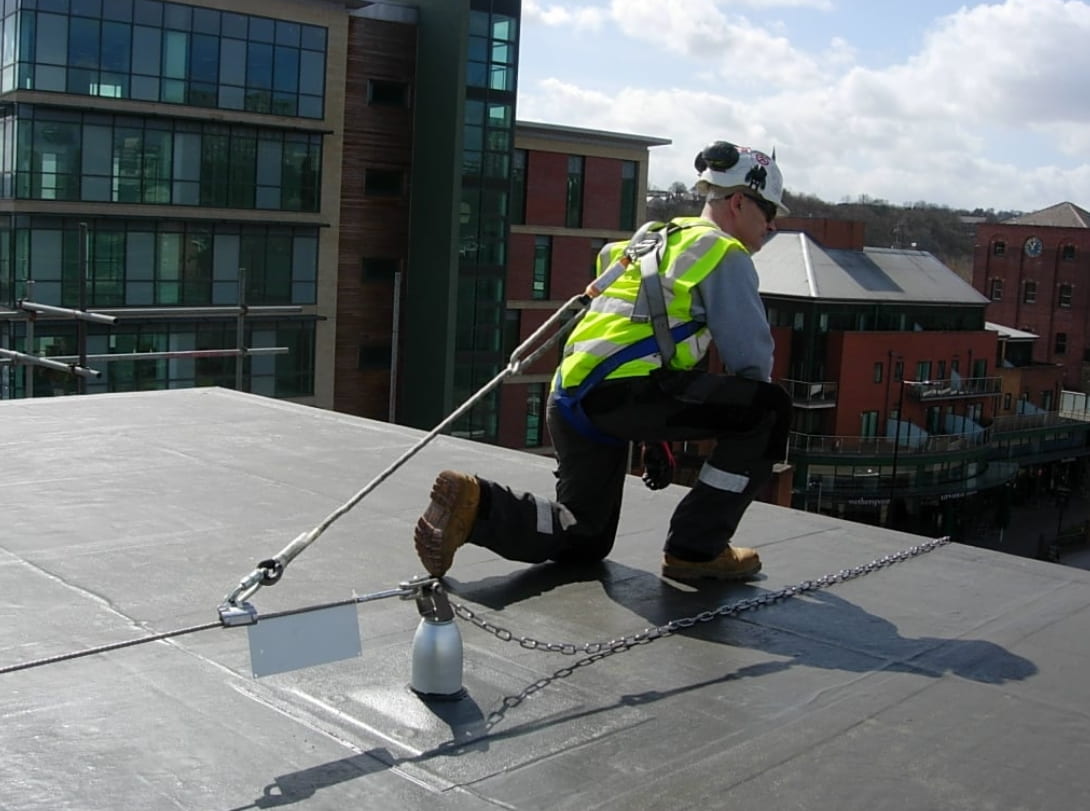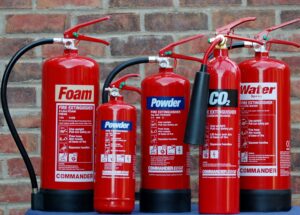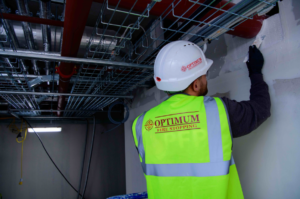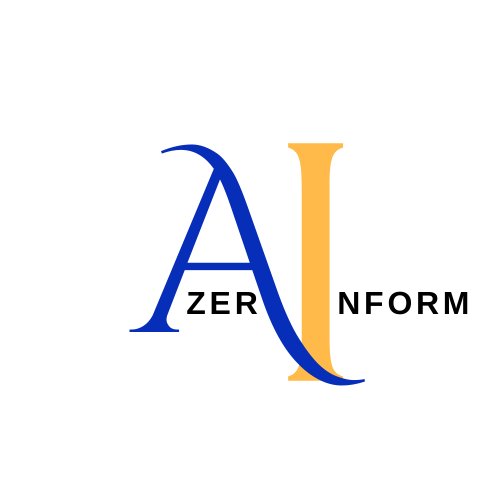Falls are one of the most common causes of workplace injuries and fatalities. In fact, falls from heights are responsible for a significant percentage of all workplace fatalities. As a result, it is crucial for employers to take measures to prevent falls and protect their workers. One such measure is the use of fall arrest systems and equipment.
Fall arrest is a system designed to protect workers from falling from a height. It involves the use of equipment and procedures to prevent a fall or to minimize the impact of a fall if one does occur. Fall arrest systems typically include a harness worn by the worker, a lanyard or lifeline to which the harness is attached, and an anchorage point to which the lanyard or lifeline is connected.
The Importance of Fall Arrest
Fall detection systems are critical for workplace safety, particularly in industries that require workers to operate at heights. Employers have a responsibility to provide a safe working environment for their workers, and fall arrest equipment is an essential component of that responsibility. By using fall arrest systems, employers can reduce the risk of falls and protect their workers from serious injury or death.
Types of Fall Arrest Equipment
There are several types of fall arrest equipment, including harnesses, lanyards, lifelines, and anchorage points. Each type of equipment plays a critical role in fall arrest systems, and it is essential to use the right equipment for the job. Harnesses, for example, come in different styles and sizes and must be selected based on the specific application.
Lanyards and lifelines are also critical components of fall arrest systems. They are used to connect the worker’s harness to an anchorage point and provide a means of support in the event of a fall. Anchorage points are another essential component of fall arrest systems, and they must be selected and installed correctly to ensure worker safety.
Training and Maintenance
Fall detention tools must be used correctly to be effective. Employers must provide their workers with adequate training on the use of fall arrest systems, including how to inspect and maintain the equipment. Regular maintenance is essential to ensure that fall arrest systems are functioning correctly and that they will provide adequate protection in the event of a fall.
Conclusion
Fall arrest systems are a critical component of workplace safety. They protect workers from falls and reduce the risk of serious injury or death. Employers must take measures to provide a safe working environment for their workers, and fall arrest equipment is an essential part of that responsibility. By understanding fall restraint harness and the importance of fall arrest equipment, employers can take steps to protect their workers and prevent falls from heights.

 Home
Home

